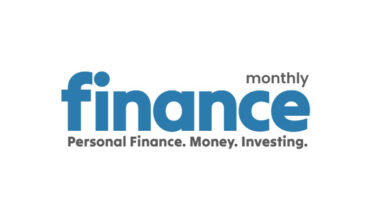Why You Need An Emergency Fund

When I realized I wanted to say goodbye to my nine-to-five job at a personal finance website in favor of the flexibility of full-time freelance writing, I started to agonize over my own personal finances.
Would I be able to earn enough to pay my rent, maintain my lifestyle—including a Peloton membership, frequent trips to the movies and postwork drinks once or twice a week—and cover the added costs of self-employment, such as higher health insurance premiums, office supplies and professional tax help? After months of worrying about all this, I realized to make the change comfortably I would need a sizable emergency fund.
Until this realization, I hadn’t given priority to emergency savings. Nearly two-thirds of people younger than 35—I’m 28—have less than a month worth of income set aside for an emergency, so I wasn’t alone. But unlike most of those people, I’ve written frequently about the importance of having easy-to-access money available for when surprises—such as job loss or an unexpected medical bill—turn your life upside down.
It isn’t that I didn’t think I needed to save for my future. In fact, quite the opposite. I started contributing to a 401(k) during my first job, increasing my contributions with every raise. At the end of each month, money that hadn’t gone to living expenses or retirement savings went into a taxable brokerage account since I know investing is essential to building wealth.
When it came to emergency savings, however, I had a “that won’t happen to me” mindset. After all, I’m young, healthy and don’t own a house or have children I have to worry about taking care of.
Still, financial advisors recommend having enough money set aside to cover at least three to six months of expenses, and often suggest bumping that amount up during times of economic uncertainty. Most will advise keeping this money somewhere where you can access it easily—such as a high-yield savings account—so you won’t have to tap your 401(k) or IRA—both have penalties for early withdrawals—or other investment accounts.
Unsure how soon I’d be able to drum up consistent work, I set a goal of saving enough for eight months of expenses. Luckily, I already had a high-yield savings account with a few thousand dollars in it, but I started to be disciplined about contributing to it regularly.
This meant foregoing investing for a few months to save more cash (with the exception of contributions to my 401(k), since I didn’t want to miss out on my employer’s match). Not investing was a mental shift for me since I’d been told over and over how important it is to invest consistently, and since I’d watched the stock market soar during the pandemic.
I also had to make lifestyle changes, cooking on days I would have otherwise eaten out (difficult given the great restaurants in Chicago where I live) and meticulously using every flight credit and credit card reward I’d accrued for travel to New York to see family. There were tough calls—such as foregoing some nights out with friends and restraining myself from forking over hundreds of dollars to see Taylor Swift’s Eras Tour—but the thought of working for myself, traveling and choosing my projects kept me going.
All told, it took me about six months to hit my goal and finally take the plunge. I was in a privileged position to choose to leave my job and to have the time and resources to grow my savings. I also learned a valuable lesson about how important it is to have liquid assets and not only those tied up in investments that are best for long-term goals.
I ended up with enough money that I was able to allocate some for a nonemergency: visiting my grandmother in India—something she had been asking me to do for months and that wouldn’t have been possible had I not saved. But mostly, my new emergency fund gave me peace of mind I desperately needed to embark on a career change.
Got a money question? Let Buy Side find the answer. Email [email protected].
Include your full name and location, and we may publish your response.
Read More



